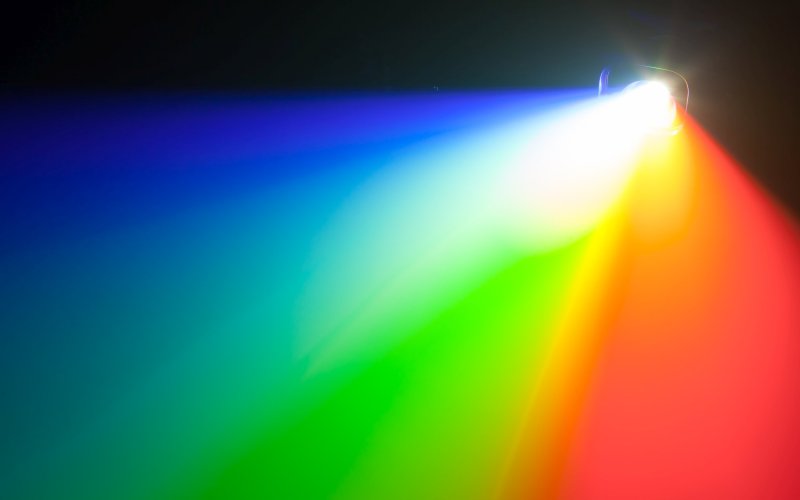Our eye has 2 types of light-sensitive cells — retinal rods and cones. While rods respond to less intense light but not to colours, cones are less sensitive to light intensity but respond to colours. That’s why we see the outlines of things when it is gloomy but not their colours. So, we have to focus on the cones when it comes to colour perception.
The division of colours into RGB is actually realized by the types of cones that we have in the eye — there are also three types and each type of cone reacts to a different colour. It will come as no surprise that one type responds to red, another to green and the third to blue. By mixing these (basic) colours in different ways, we can get any colour. If we mix red, green and blue, we get white. If we mix only red and blue, we can see purple, we can see yellow when only red and green cones are active and when only blue and green cones are active, we can see turquoise. Both digital cameras and televisions/displays work on the same principle. For example, if a camera is 10 Mpx, it consists of 10 million small dots and each of these small dots also consists of a dot that captures red, another that captures blue and a third that captures green. All other colours, different than the 6 mentioned above, are created in such a way that at least one colour component is less intense than the others (you can try it here, for example: https://www.csfieldguide.org.nz/…).
Since the vast majority of information is processed digitally these days, it is good to understand what the term bit depth means. For example, if I have a bit depth of 8 bits (1 Byte), there are 2^8 colour options, so 256 colours in total. Typically, 2 bits are reserved for blue and 3 bits each for red and green (i.e. 4 shades of blue, 8 shades of red and 8 shades of green give the 256 different combinations listed). Popular .gif images have this colour depth. Photos usually have at least 24-bit colour depth (each colour 1 Byte, so a total of 3×8 bits which is 24 bits, so the number of different shades is 2^24 which is over 16 million different colour shades per 1 pixel of the image). This is, by the way, more than the eye can distinguish (it has a colour depth of around 10 million colours).
Want to ask something?
Send us an e-mail with the subject “Physics mysteries” to the address:
We can't wait to tackle your interesting questions!





